12 Simple Tips For Using A Hair Straightener Safely
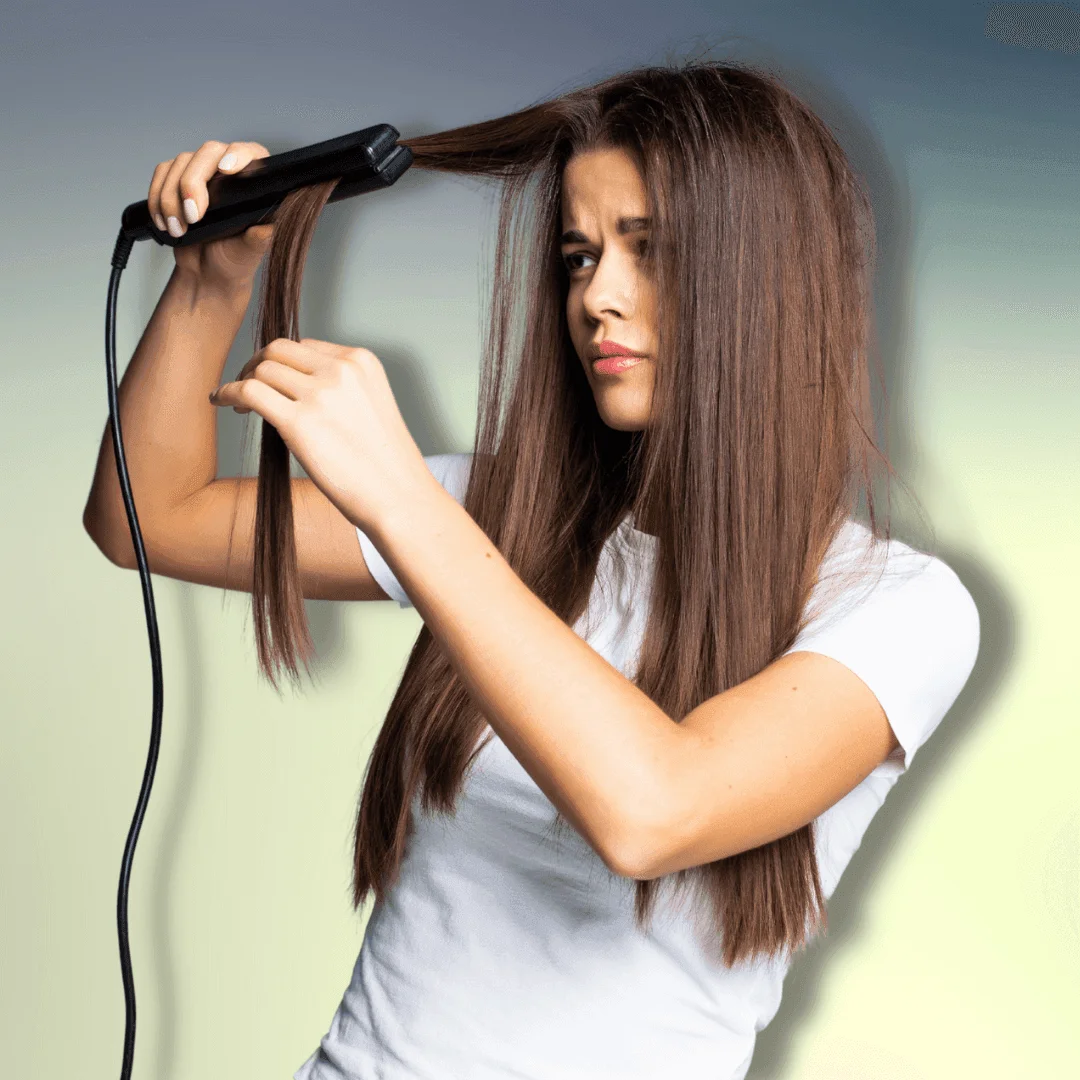
It’s all straight hair, don’t care—until you accidentally burn your ear or fry your ends! Using a hair straightener might seem like a no-brainer, but a few simple mistakes can

It’s all straight hair, don’t care—until you accidentally burn your ear or fry your ends! Using a hair straightener might seem like a no-brainer, but a few simple mistakes can
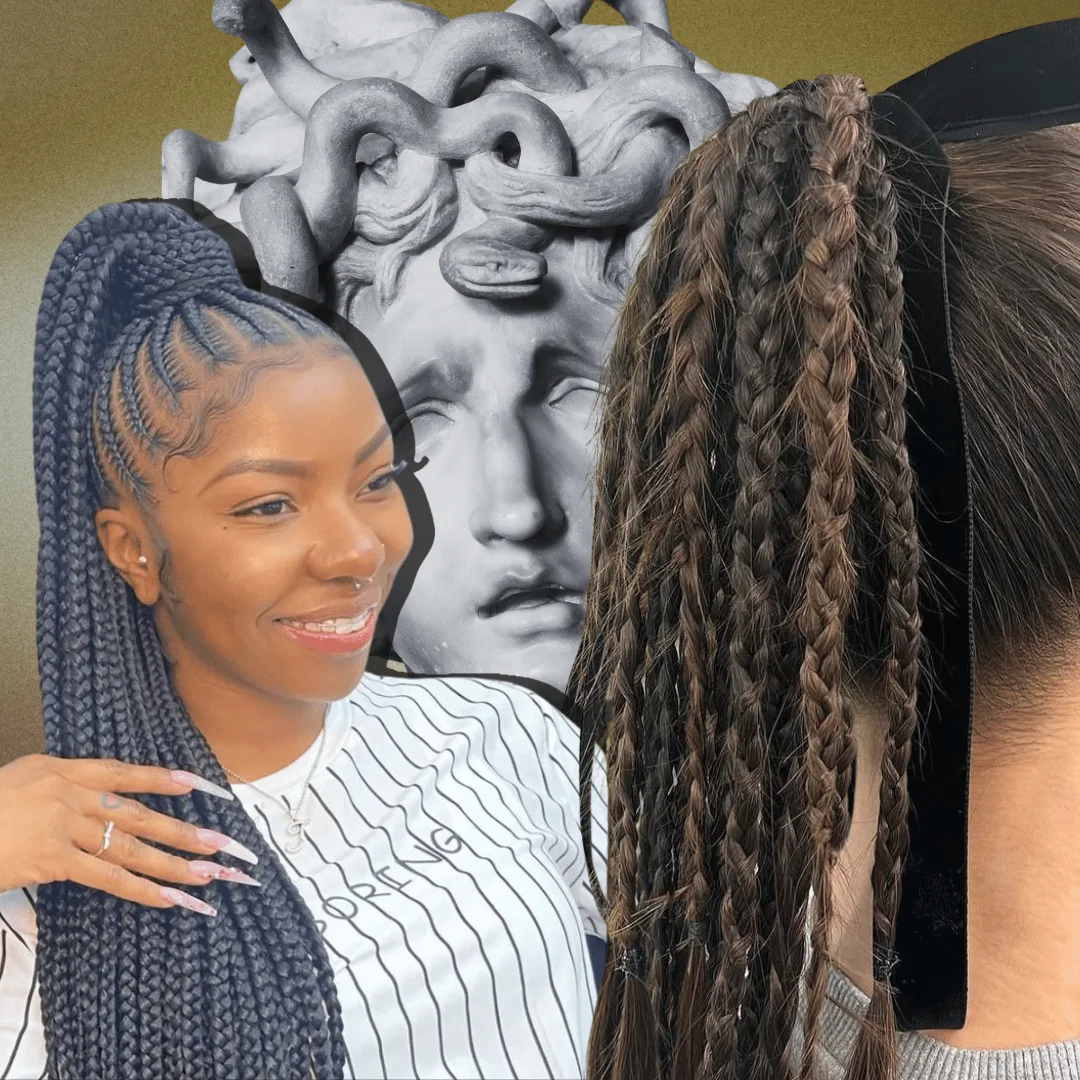
Some beauty trends demand a full mood board, a drawer of tools, and a prayer. The Medusa ponytail isn’t one of them! First seen on the likes of Bella Hadid,
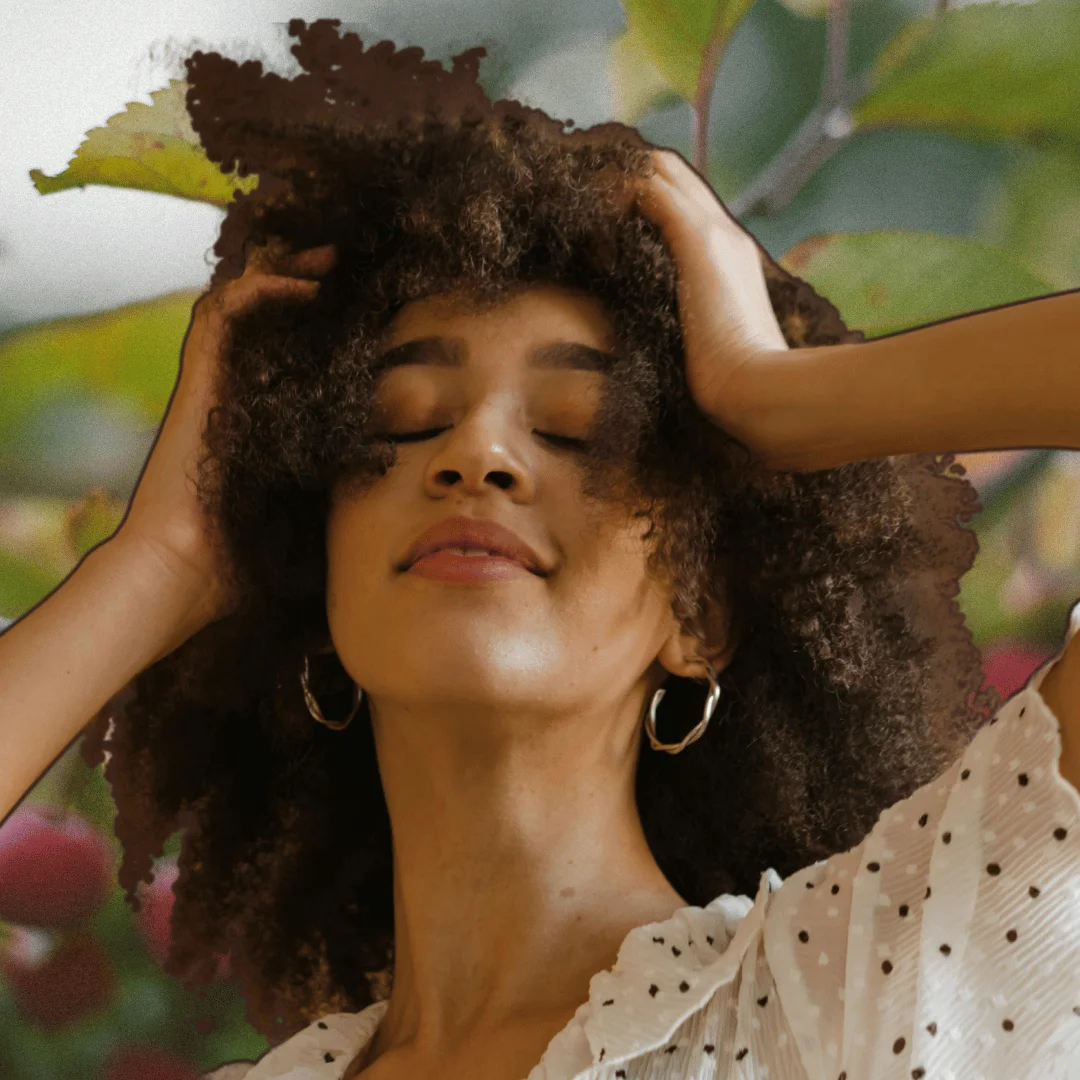
For those of us blessed with curls, finding the perfect hair care routine can feel like solving a complex puzzle. Between managing frizz, defining curls, and keeping our scalps healthy,
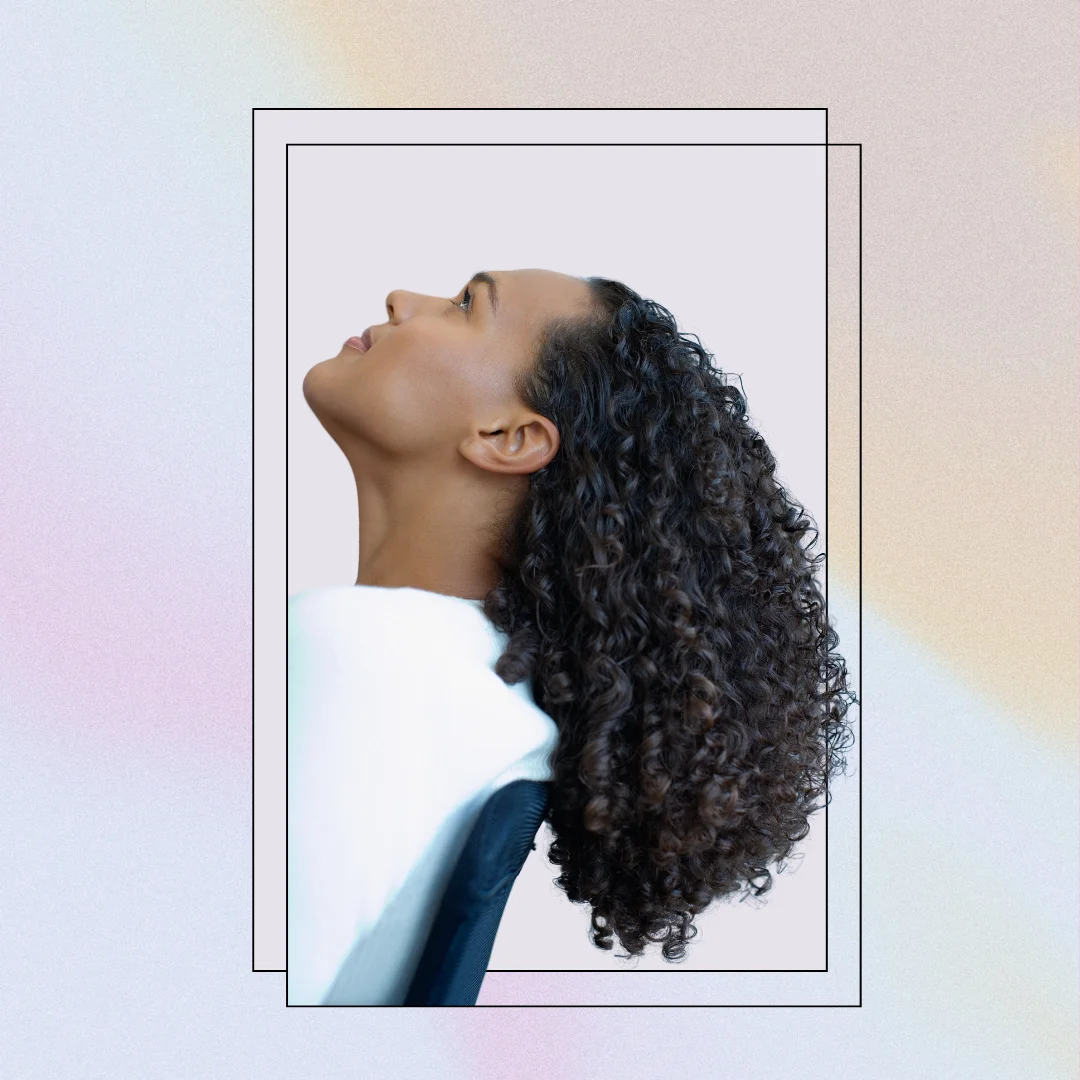
Let’s give curly hair its crown for a moment – it’s beautiful and unique, but sometimes it feels like it has a mind of its own. If you’re part of
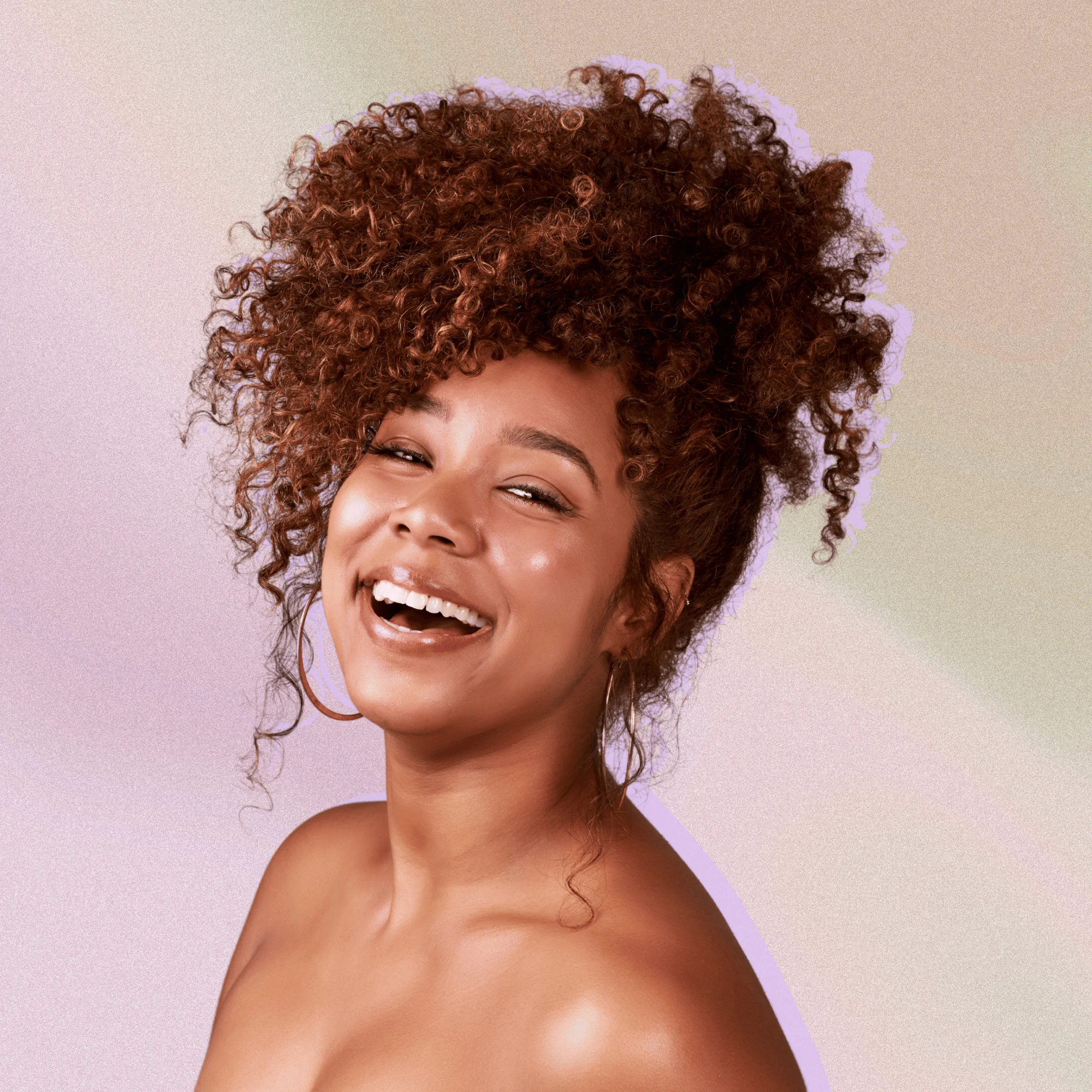
Ever notice how some days your curls just cooperate perfectly? Those rare moments when every curl is defined, bouncy, and moisturised, and you wish you could recreate that magic every
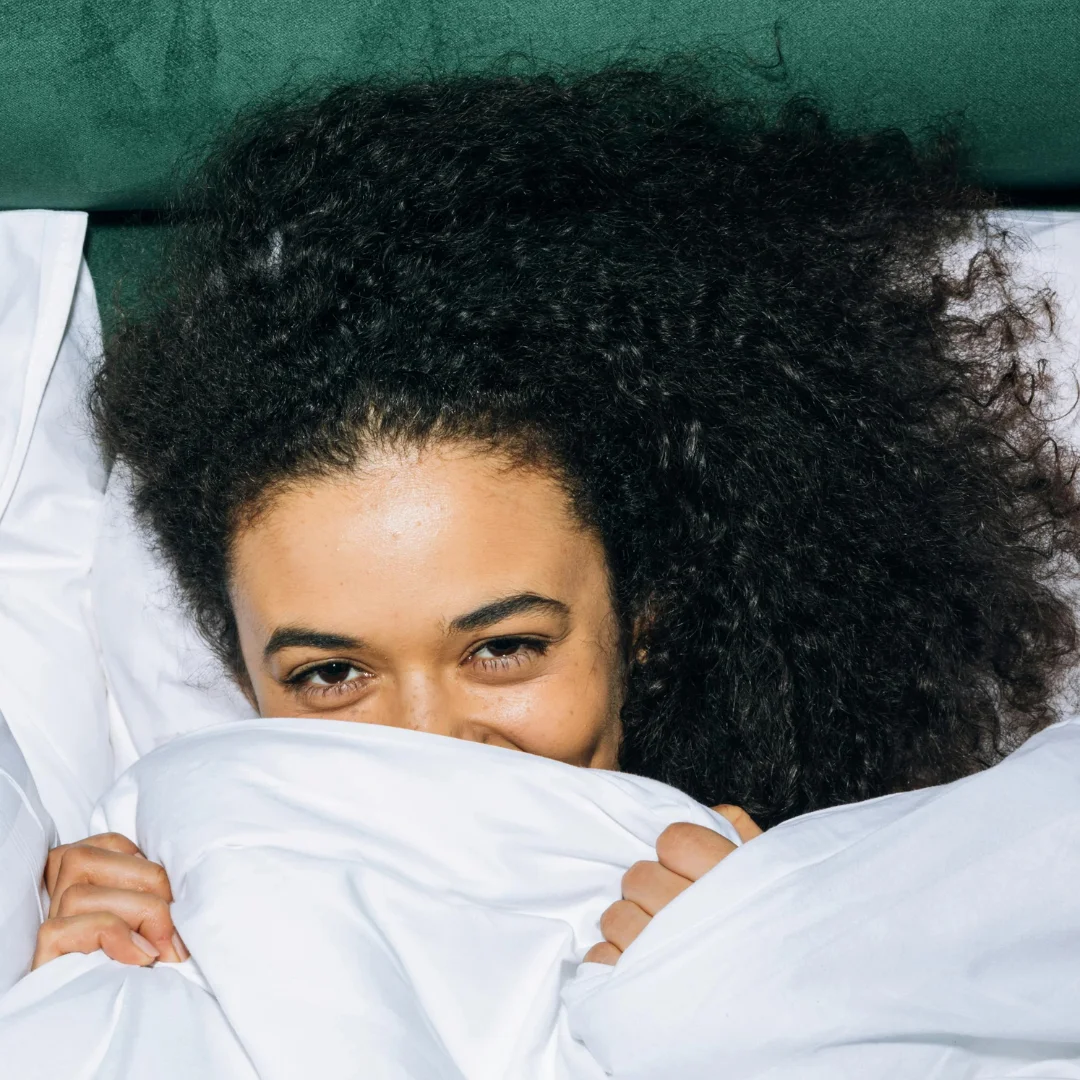
Remember that GREAT feeling of perfect curl definition after a fresh wash day? Now imagine maintaining that bounce and vitality even after eight hours of beauty sleep. Sounds like a
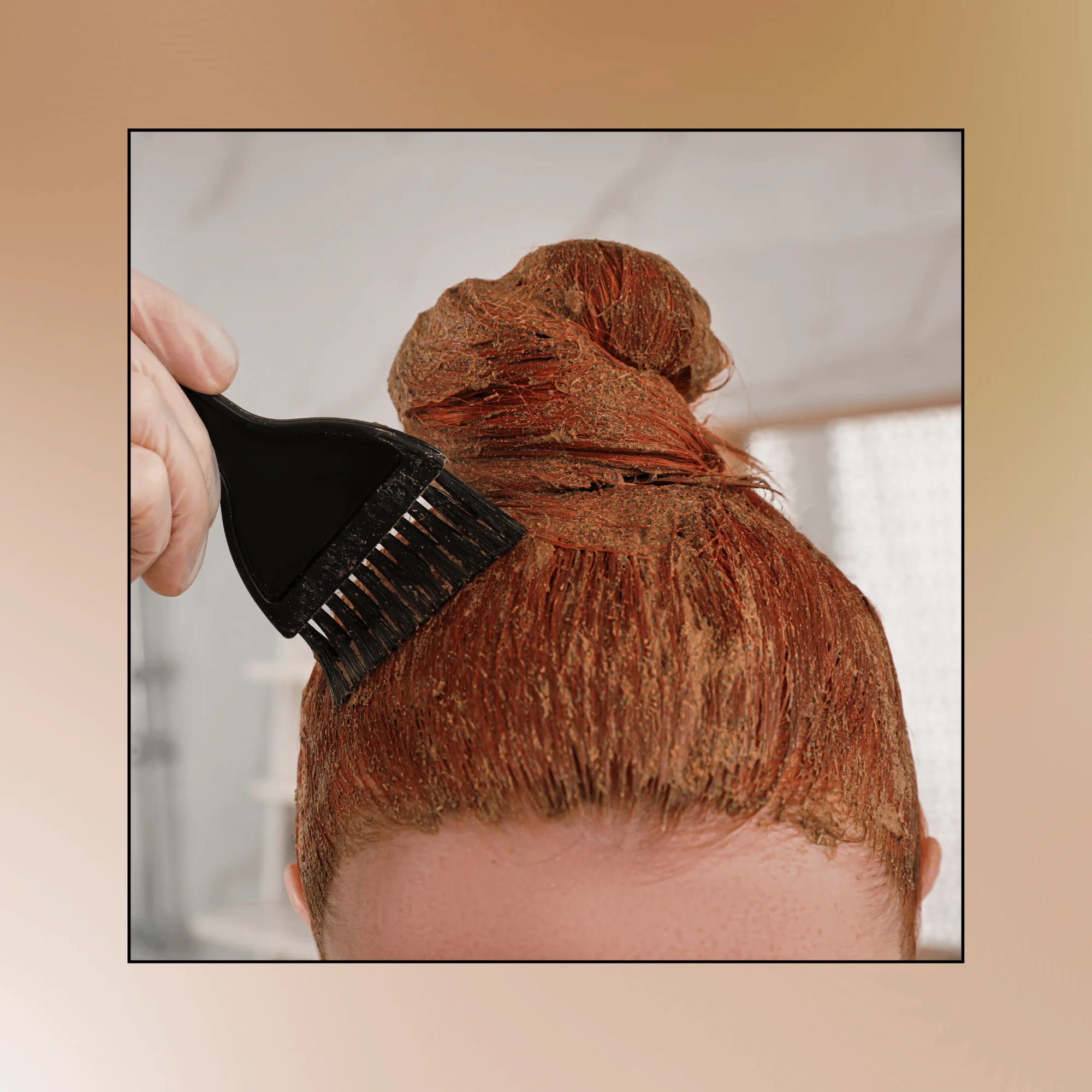
Imagine that you’ve just stepped out of the shower, hair freshly washed and conditioned. But wait—within minutes, your strands are parched, frizzy, and crying out for moisture. Sound familiar? Welcome
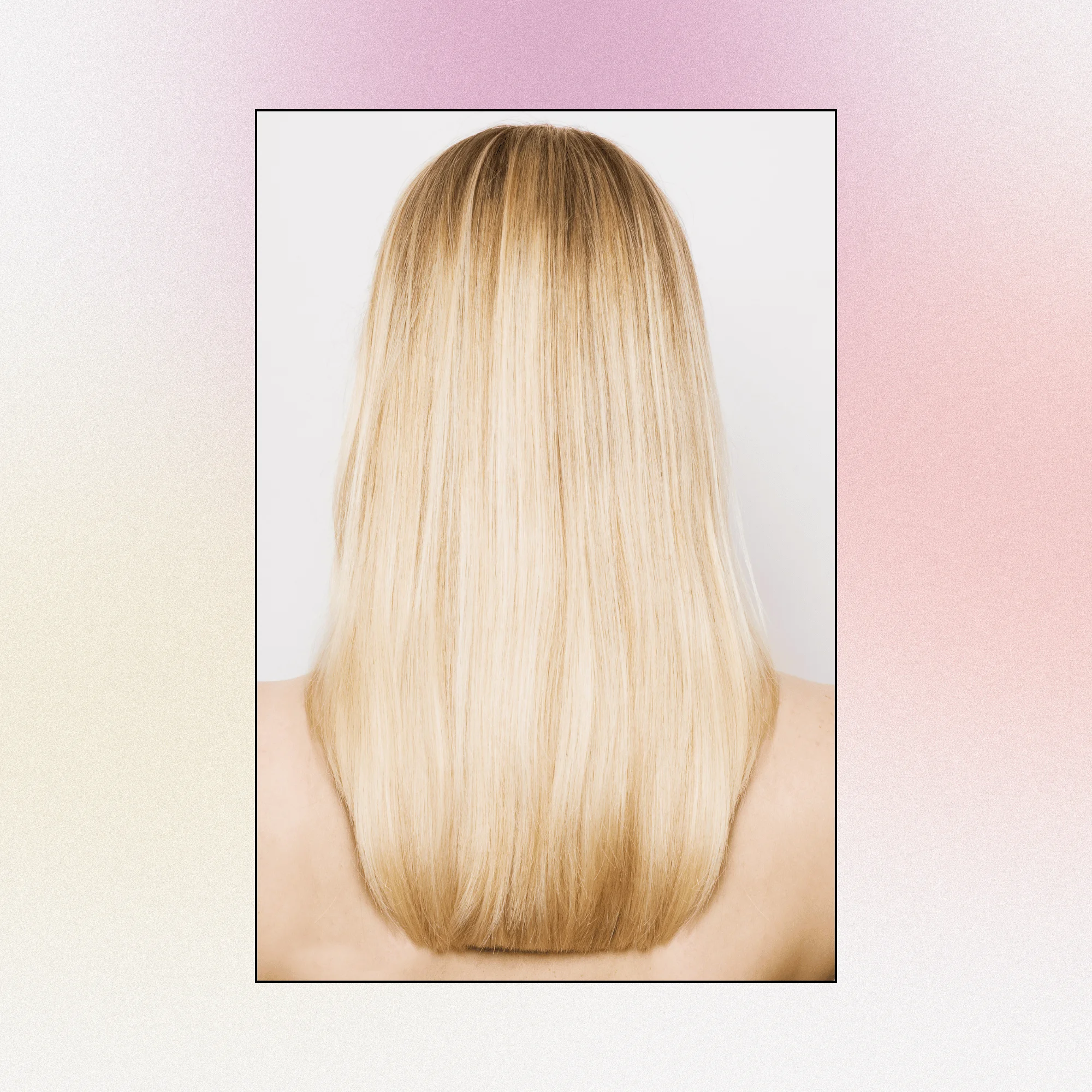
If you’ve ventured into the world of bleached hair and are now considering a keratin treatment, you’re in the right place. Let’s explore whether these two hair processes can work
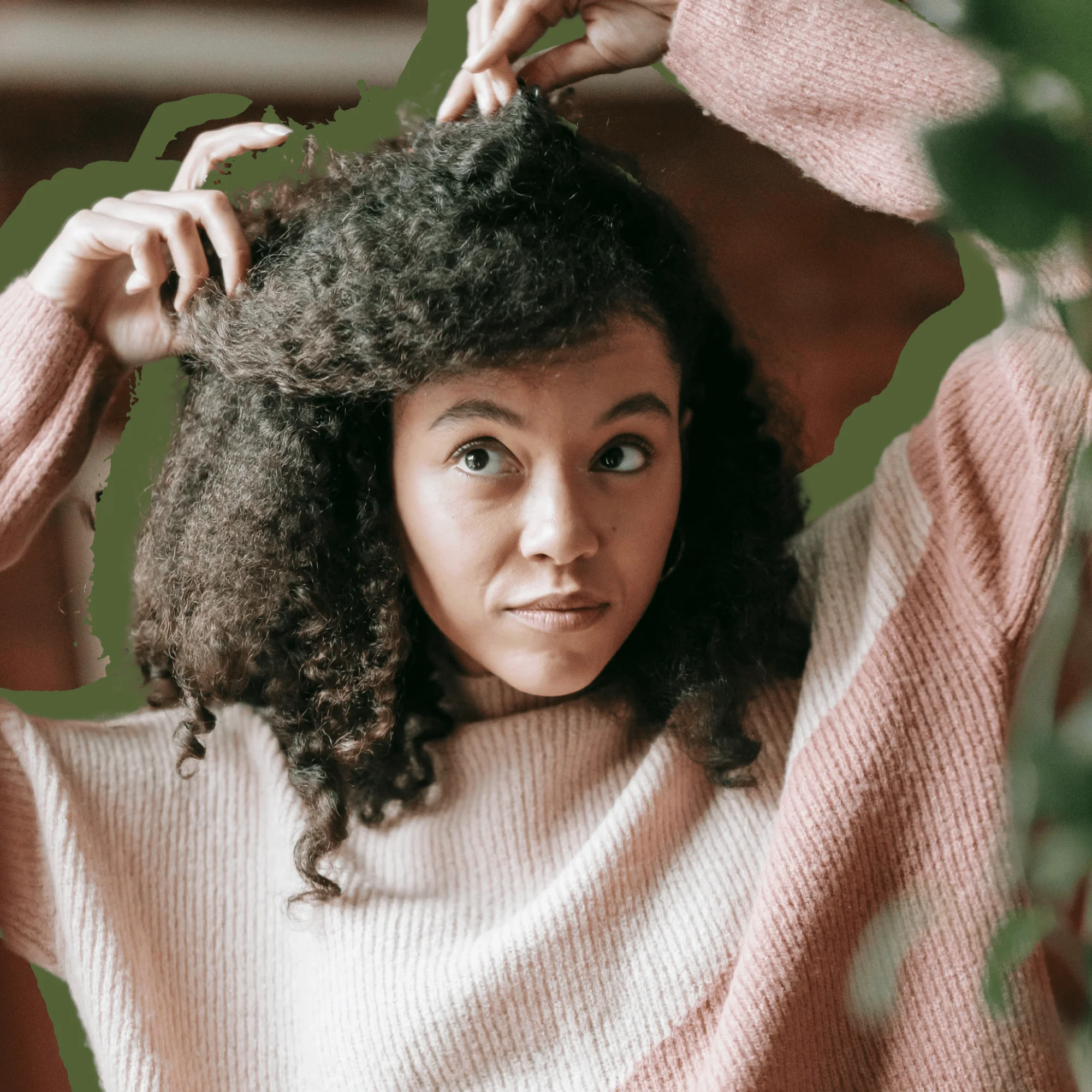
If you’ve ever felt like your hair is beautiful but impossibly difficult to deal with – you might be battling with low porosity hair. Don’t worry, you’re not alone! As
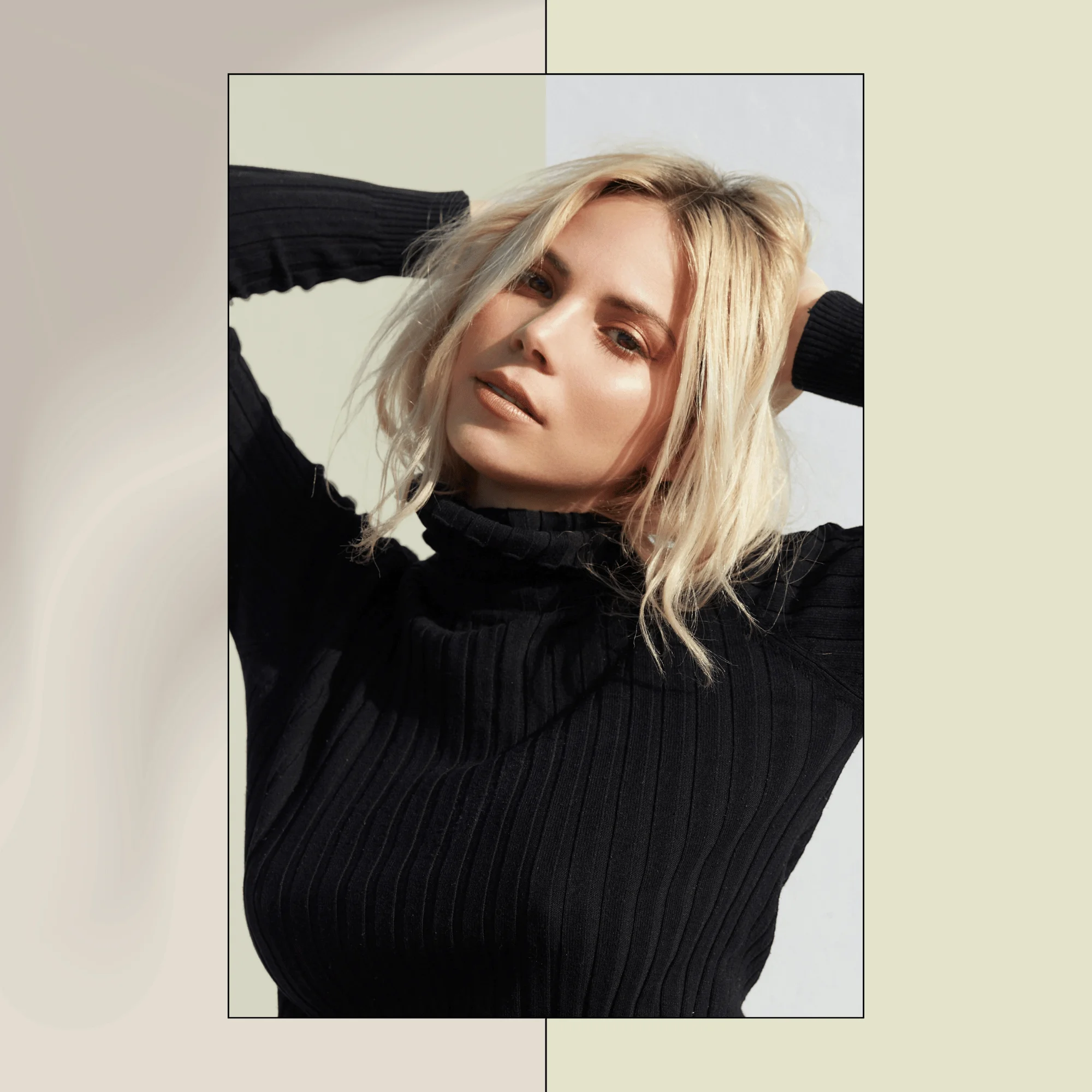
So, you took the plunge and went blonde, but now your hair’s giving off more mermaid vibes than Marilyn Monroe glamour? Don’t panic! That greenish tint haunting your tresses is